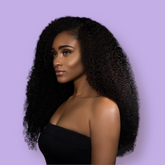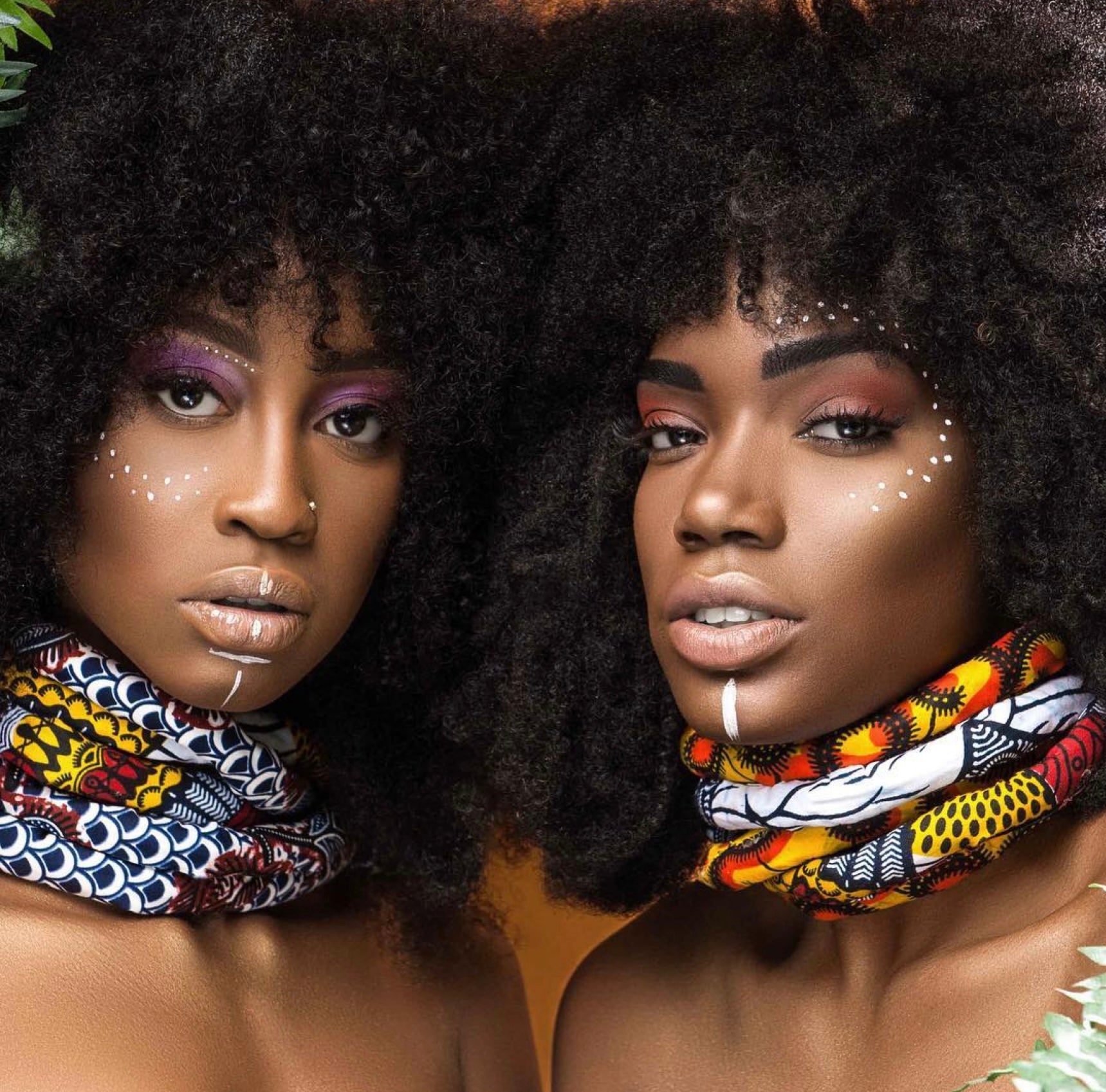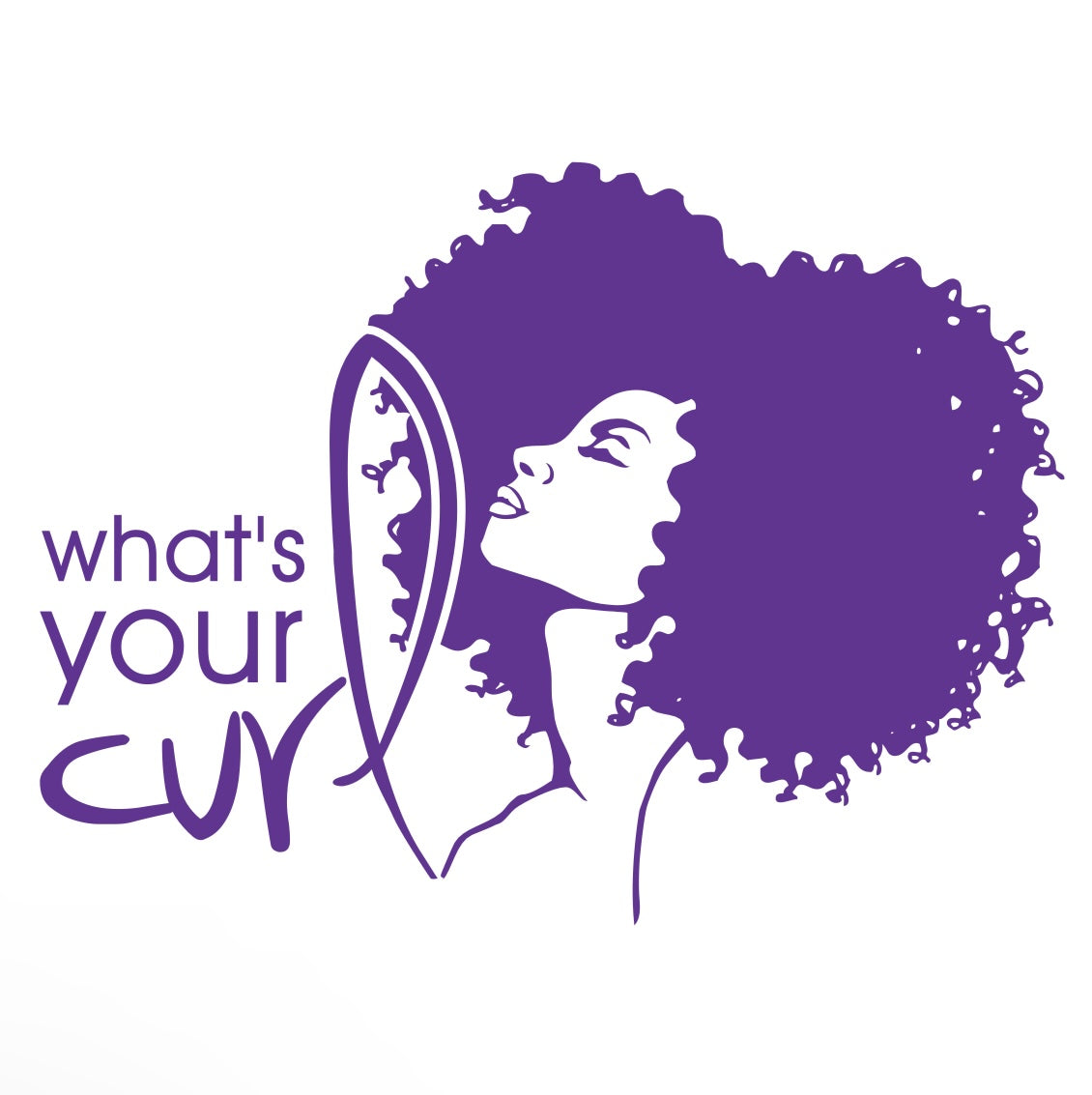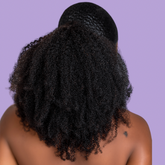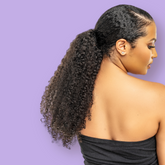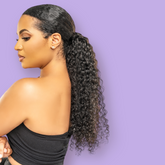What's Your Curl?
Understanding Your Curl Pattern and Hair Texture
Curly hair is unique and diverse, and it comes in various patterns and textures. Knowing your curl pattern and hair texture can help you choose the right products, styles, and extensions to enhance and embrace your natural beauty. Here are some tips to help you determine your curl pattern and hair texture:
1. Curl Pattern
Curl pattern refers to the shape and formation of your curls. There are generally three main types of curl patterns:
a) Type 2 - Wavy Hair
Wavy hair has loose, beach-like waves. It falls between straight and curly hair. Type 2 hair can be further classified into three subcategories - 2A (fine and loose waves), 2B (medium waves), and 2C (thick waves with more defined S-shaped pattern).
b) Type 3 - Curly Hair
Curly hair forms tight, spiral-shaped curls. Type 3 hair can range from loose curls (3A) to tight corkscrew curls (3C). These curls have more volume and can be prone to frizz.
c) Type 4 - Coily Hair
Coily hair has a zigzag or S-shaped pattern with a tighter curl formation. This type of hair is commonly known as "kinky" or "afro-textured" hair. Type 4 hair is further categorized into 4A (tight coils), 4B (crimpy texture), and 4C (densely packed coils with minimal defined curl pattern).
2. Hair Texture
Hair texture refers to the thickness and width of individual hair strands. It can be categorized into three main types:
a) Fine Hair
Fine hair has smaller hair strands and can be prone to breakage. It often lacks volume and can appear flat at the roots.
b) Medium Hair
Medium hair is neither too thick nor too fine. It has a good balance of volume and manageability. Styling options are usually more versatile with medium hair texture.
c) Coarse Hair
Coarse hair has thicker individual strands. It tends to be stronger and more resistant to damage but may require more moisture to prevent dryness.
Identifying your hair texture can help you select appropriate products and extensions that are compatible with your hair's needs and characteristics.
When it comes to choosing hair extensions or clip-ins for curly hair, it's important to match the curl pattern and hair texture as closely as possible. This will ensure a seamless blend with your natural hair, creating a more natural and cohesive look.
Now that you have a better understanding of your curl pattern and hair texture, you can make more informed choices when it comes to caring for and styling your beautiful curly hair.


